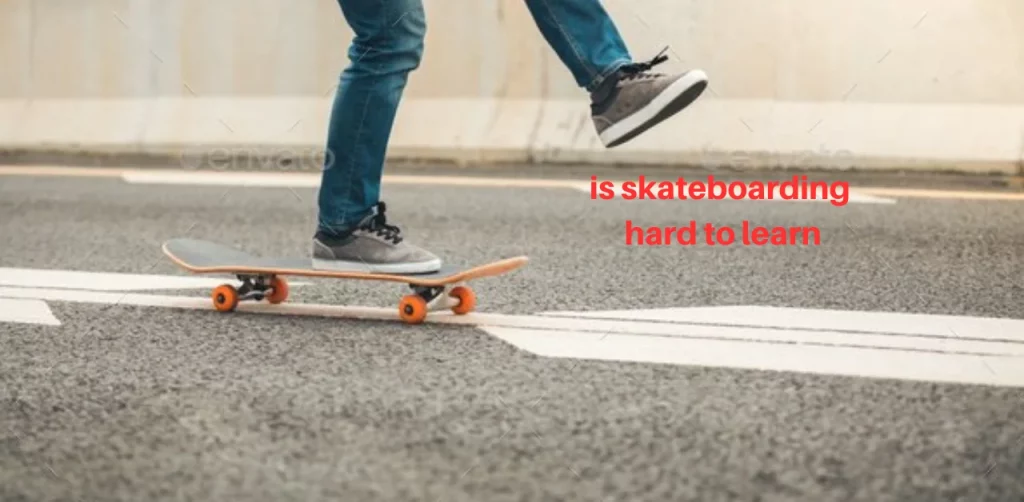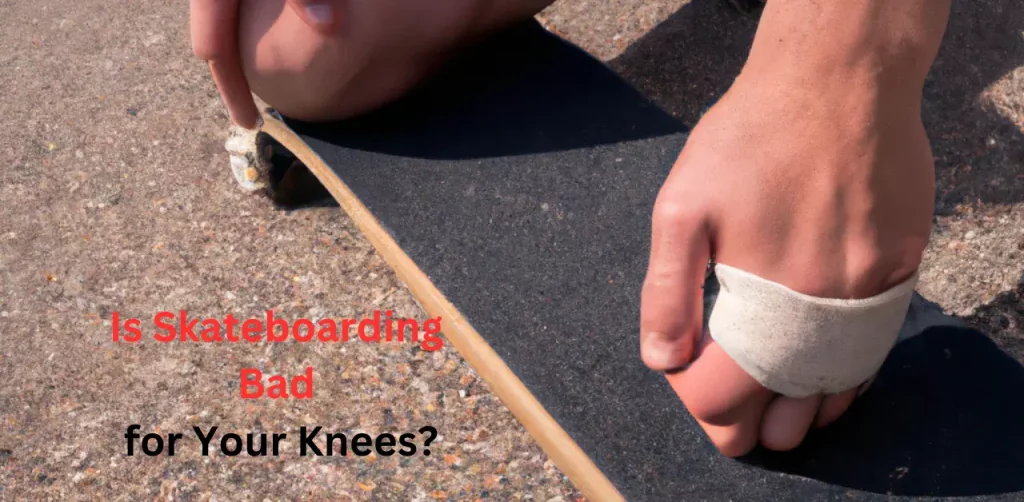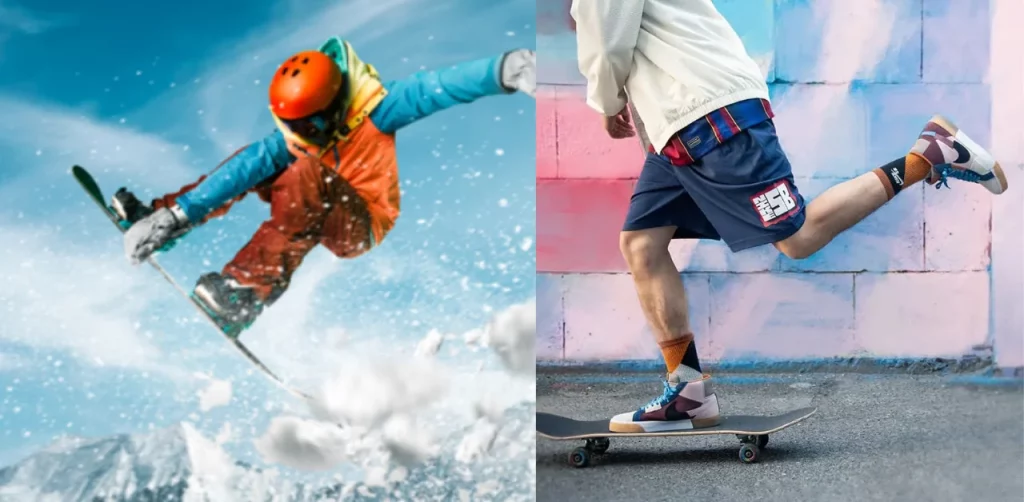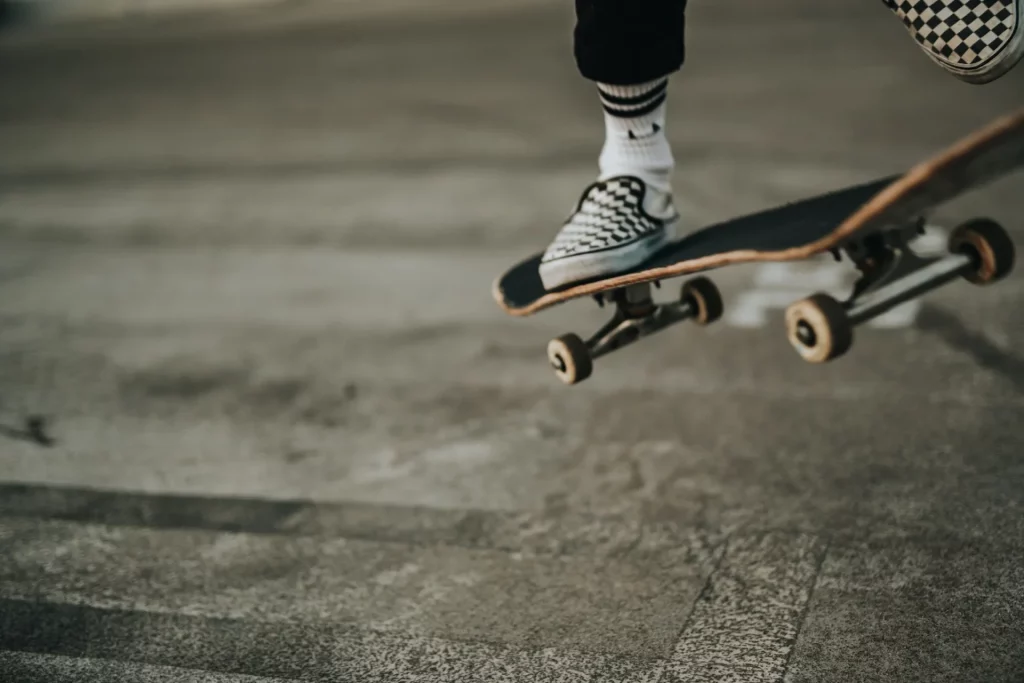Skateboarding is a thrilling and exciting sport that has gained popularity. However, many people wonder if skateboarding is hard, especially starting beginners. The answer to this question depends on several factors, such as your level of commitment, balance, and ability to learn new tricks.
Generally, skateboarding can be challenging for beginners since it requires a lot of practice and patience to master the basics. The first step towards becoming good at skateboarding is learning to ollie, which involves jumping with the skateboard while lifting it off the ground. This trick requires perfect timing and balance, but once you get it right, it becomes easier to perform other, more advanced tricks.
Another factor determining how hard skateboarding can be is your experience with similar sports or activities.
Choosing the Right Skateboard
Selecting the right skateboard is crucial for beginners. There are different types of skateboards, including standard skateboards, longboards, and cruisers. Each type serves a different purpose. For beginners, a standard skateboard is usually the best choice. Look for a board with a width that feels comfortable under your feet and a deck that provides enough grip.
Essential Gear for Safety
Safety should be a top priority when learning to skateboard. Wearing protective gear can prevent injuries and make the learning process more enjoyable. Essential safety gear includes:
- Helmet
- Knee pads
- Elbow pads
- Wrist guards
Investing in quality safety gear can make a significant difference in your confidence and safety on the board.
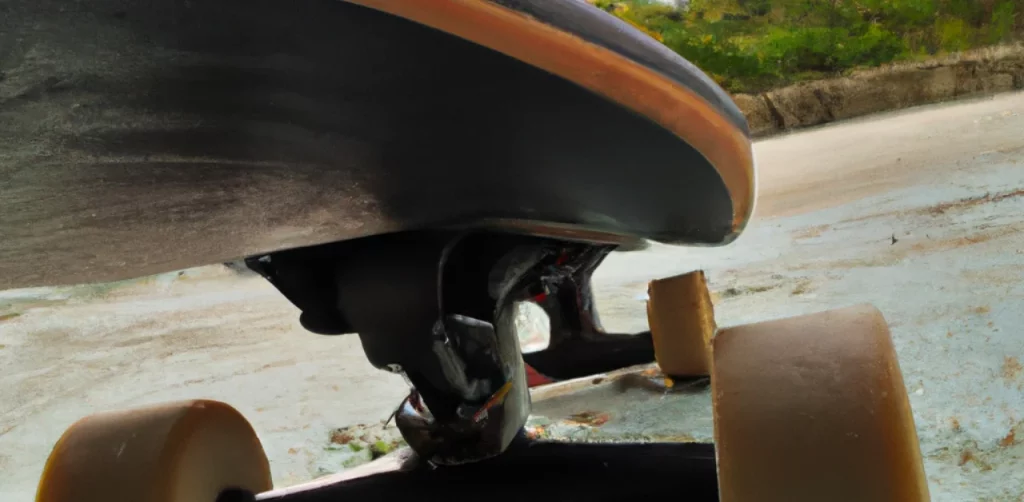
Learning to Balance and Ride
Finding Your Stance
The first step in learning to skateboard is finding your stance. There are two main stances: regular (left foot forward) and goofy (right foot forward). Try both stances to see which feels more natural. Once you’ve found your stance, practice standing on the board and getting comfortable with the feeling of balancing.
Pushing Off and Riding
After finding your stance, the next step is learning to push off and ride. Start by placing your front foot near the front bolts of the skateboard. Use your back foot to push off the ground, and then place it on the board. Practice pushing off and riding in a straight line until you feel comfortable.
what are the most common mistakes beginners make when learning to skate?
Learning to skate can be challenging, and beginners often make several common mistakes. Being aware of these pitfalls can help new skaters avoid them and progress more quickly. Here are some of the most common mistakes beginners make when learning to skate:
1. Skipping Safety Gear
Mistake:
Many beginners underestimate the importance of wearing protective gear, such as helmets, knee pads, elbow pads, and wrist guards.
Why It’s a Problem:
Not wearing safety gear increases the risk of serious injuries. Falls are inevitable when learning to skate, and protective gear can prevent or minimize injuries.
2. Incorrect Stance
Mistake:
Beginners often adopt an incorrect stance on the skateboard. They might place their feet too close together, too far apart, or in an awkward position.
Why It’s a Problem:
An improper stance affects balance and control, making it harder to ride and perform tricks. Finding the right stance is crucial for stability and maneuverability.
3. Leaning Too Far Forward or Backward
Mistake:
Leaning too far forward or backward is a common mistake. This can happen due to nerves or trying to compensate for the board’s movement.
Why It’s a Problem:
Leaning too much in either direction can cause you to lose balance and fall. It’s important to keep your weight centered over the board.
4. Pushing Incorrectly
Mistake:
Many beginners push with their front foot instead of their back foot. This is known as “mongo pushing.”
Why It’s a Problem:
Mongo pushing can lead to less stability and control. It’s better to push with your back foot and keep your front foot on the board for balance.
5. Not Practicing Basic Skills
Mistake:
Some beginners try to learn advanced tricks before mastering the basics like balancing, pushing, and turning.
Why It’s a Problem:
Skipping foundational skills can lead to poor technique and slower progress. It’s essential to build a strong foundation before attempting more complex maneuvers.
6. Riding on Rough Surfaces
Mistake:
Skating on rough or uneven surfaces can be tempting, but it’s not ideal for beginners.
Why It’s a Problem:
Rough surfaces make it harder to maintain balance and control, increasing the risk of falls. Smooth, flat surfaces are better for learning.
7. Improper Foot Placement
Mistake:
New skaters often place their feet incorrectly on the board, either too close to the edges or too close together.
Why It’s a Problem:
Improper foot placement affects balance and control. It’s important to place your feet correctly to maintain stability while riding.
8. Not Looking Ahead
Mistake:
Beginners often look down at their feet instead of looking ahead while skating.
Why It’s a Problem:
Looking down can make it harder to anticipate obstacles and maintain balance. Keeping your eyes forward helps with spatial awareness and control.
9. Overcomplicating Things
Mistake:
Trying to learn too many tricks at once or overthinking each move can overwhelm beginners.
Why It’s a Problem:
Overcomplicating the learning process can lead to frustration and slow progress. It’s better to focus on one skill at a time.
10. Ignoring Warm-Ups and Cool-Downs
Mistake:
Skipping warm-ups before skating and cool-downs after a session.
Why It’s a Problem:
Warm-ups prepare your muscles and joints for physical activity, reducing the risk of injury. Cool-downs help your body recover and prevent stiffness.
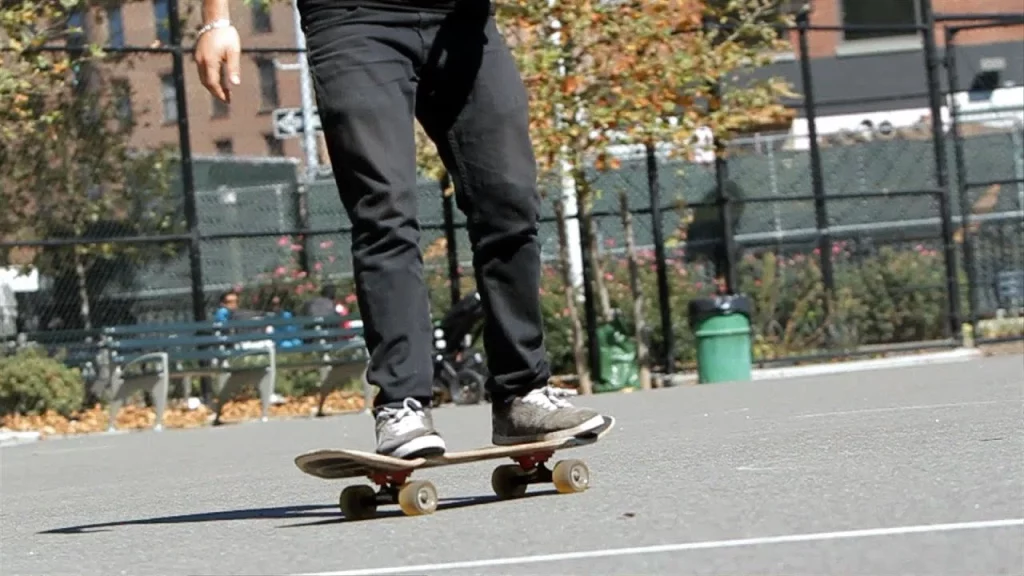
Overcoming Challenges
Fear of Falling
Falling is a part of skateboarding, especially when you’re learning. It’s important to accept this and learn how to fall safely. Try to roll when you fall and avoid putting your hands out to break your fall, as this can lead to wrist injuries.
Building Confidence
Building confidence takes time and practice. Start with small, achievable goals, and gradually increase the difficulty as you improve. Celebrate your progress, no matter how small.
Tips for Consistent Improvement
Practicing Regularly
Consistent practice is key to learning skateboarding. Try to practice a little every day, even if it’s just for a few minutes. The more you practice, the more comfortable you’ll become.
Learning from Others
Watching experienced skateboarders can provide valuable insights. You can learn new techniques and tricks by observing others. Consider joining a skateboarding community or taking lessons from a skilled skateboarder.
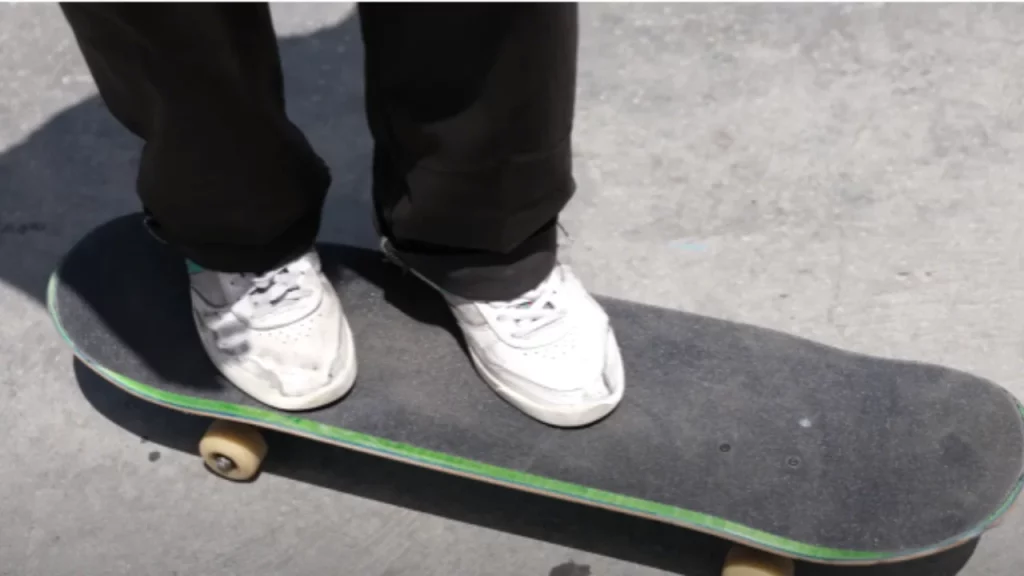
FAQs
How is skateboard wheel hardness measured?
Skateboard wheel hardness is measured using the durometer scale, typically the A scale (e.g., 78A, 101A). Higher numbers indicate harder wheels, while lower numbers signify softer wheels.
Which skateboard hardware should I get?
Choose skateboard hardware based on your preferences and skating style. For general use, get 1-inch hardware, and for larger riser pads, opt for 1.25-inch or 1.5-inch hardware.
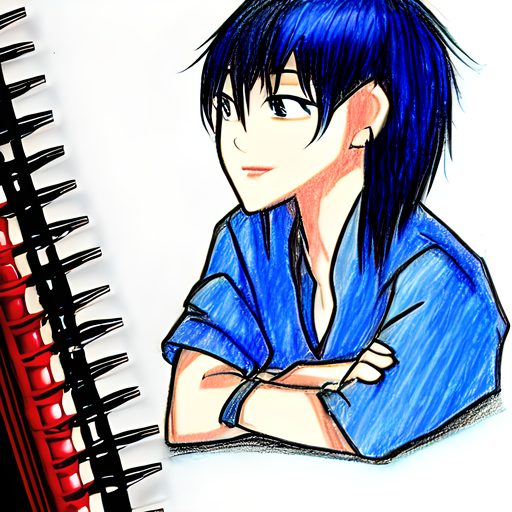
“Welcome to our website, Here You’ll find a wealth of information on finding the right skating gear that will last for years to come, as well as tips and tricks to help you improve your skills. Whether you’re a beginner or an experienced skater, you’ll find something of value here.”
